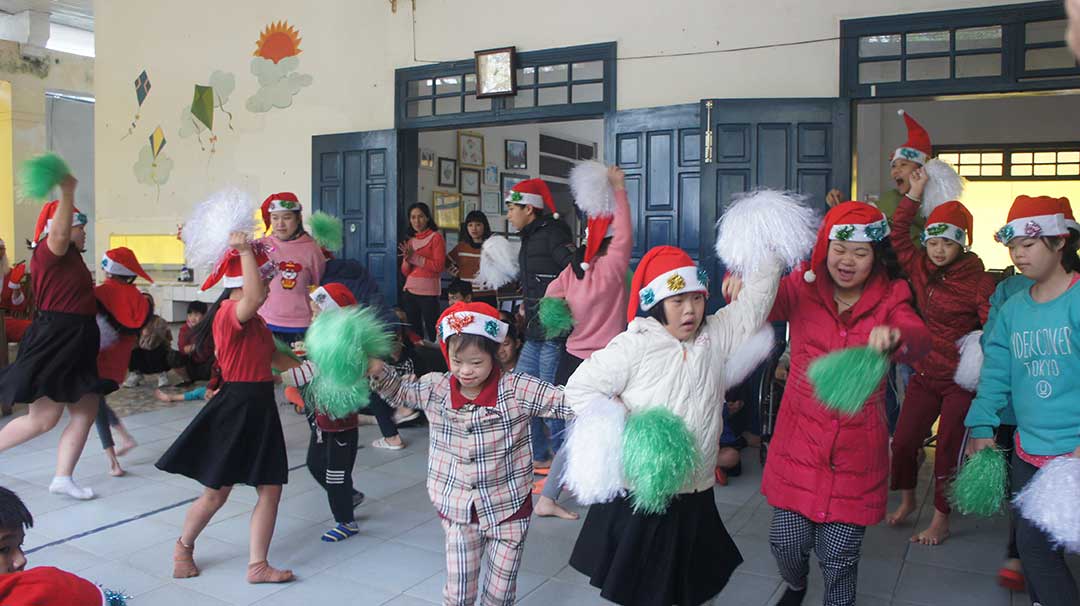From 3 to 5 years old, children show significant growth in physical strength, mobility, and coordination as well as growth in their skills expressing themselves, developing relationships and independently completing daily activities.
While every child is unique in their growth and development, understanding the key areas of preschooler development can help parents identify milestones. Because all areas of development are connected and influenced by one another, it is important to view a child’s development holistically.
Here are the 7 key areas of preschooler development:
- Adaptive skills. Adaptive skills are a child’s daily routine functions such as eating, sleeping and cleaning. When a preschooler serves themselves at meals, makes requests for foods, puts dirty dishes into the sink or dishwasher and cleans up spills and messes, they are showing adaptive skills.
- Communication skills. Communication is connecting by sharing thoughts and feelings. Between 3 and 5 years, this can look like stating their full name, answering questions when told a short story or idea, using facial expressions and body language to express emotions and using more complex sentences made up of multiple words.
- Fine and gross motor skills. Fine and gross motor skills include the physical movement of a child. For a child between 3 and 5 years, fine motor skills look like feeding themselves with utensils, drinking from an open cup and drawing some letters and basic shapes. Gross motor skills look like balancing on one foot and walking up and down stairs using alternating feet.

Check out additional parenting resources!
View our expanded list of recommended parenting websites, books and other resources organized by topic.
- Cognitive skills. Cognitive skills exemplify a child’s brain working on reasoning and awareness of themselves and the world around them. When a preschooler is able to count to 20, understand “more” and “less, and recount familiar stories, they are using their cognitive skills.
- Social-emotional skills. Social-emotional skills are learned through interaction and relationships. In children between 3 to 5 years, this can look like sharing items with occasional support, returning objects to appropriate locations, showing pride in accomplishments and showing empathy for others.
- Vision skills. A child can show their vision skills by copying or making different shapes, identifying different colors, recognizing letters and print, and showing a readiness to begin reading as they turn 5 years old.
- Hearing skills. A child can show their hearing skills by distinguishing differences in speech sounds, repeating more complex words and lengthier sentences, marking sounds at the beginning, middle and end of words, and talking clearly so that others understand the majority of their statement.
Holistic View of Preschooler Development
To look at something holistically means to not only see the individual parts but how they work together. Skills that children acquire must be viewed holistically. All areas of development are connected and influenced by one another. By understanding these basic milestones of development and how they work together, caregivers can more easily identify when development is going well and when there may be a problem.
For example, feeding is a complex process and all areas of development are involved. Even when just one area is not working well, it can create challenges for babies and their caregivers. Therefore, it is critical to look at babies broadly to understand their full range of capacities and needs.
Example of a Holisitic View of Feeding (3 to 5 Years)
| Developmental Area | Developmental Milestones (Skills) |
|---|---|
| Adaptive | Child receives good rest at night and may or may not take a nap. |
| Motor Communication Cognitive Adaptive | Child washes her hands after being told that it’s time for lunch. |
| Social-Emotional Vision | Child shows delight when he sees the food being brought to the table. |
| Social-Emotional Communication Hearing | Child responds to her caregiver’s questions during meals (“Do you want more rice or chicken?”) using spoken words. |
| Adaptive Motor Cognitive Social-Emotional | Child insists on feeding himself using his hands and a spoon and says “I did it!” when he is successful. |
| Communication Cognitive Social-Emotional | Child helps wash her hands and face and she cleans up her spot after mealtimes. |

Receive Family & Adoptee Support
All parents encounter challenges as their children grow up. And sometimes, issues may arise that leave you uncertain as to how best to respond. But not every issue requires therapy or counseling. The Holt Family & Adoptee Support program is here to help during those times.


